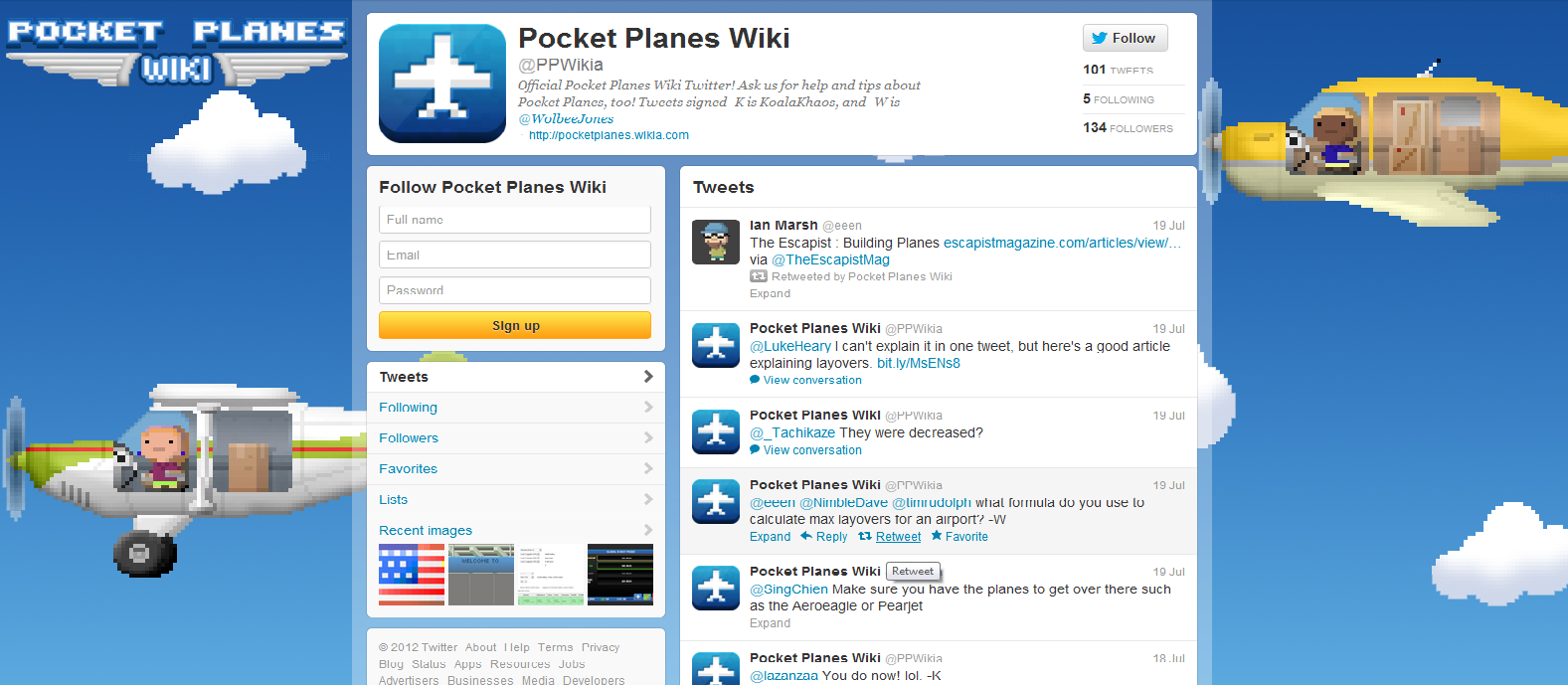
Williwaws are hard on personnel on the ground to be sure, but dealing with a Williwaw while flying? Well.that’s more of a challenge. If living on the Aleutian Islands was tough for allied servicemen, flying over and around them was even more of a challenge. Bombing and scouting missions, which had mixed success rates, were key in determining where the Japanese had dug in. In the months leading up to the Battle for Attu and the recapture of Kiska, air power played a central role. Pilots in the 54th Troop Carrier Squadron with their unarmed C-47s moved men, equipment, and supplies from island to island. These aircraft, along with P-40 Warhawks (or Kittyhawks, as they were called by the Canadian airmen who flew them), P-38 Lightnings, PBY and PBY-5 Catalinas, OS2U Kingfishers, B-18 Bolos, B-26 Marauders, PB4Y-2 Privateers, B-17 Flying Fortresses, and even one B-29 carried crews on critical missions over the Aleutian Islands and beyond, bringing the war to the Japanese. The Willow Run Bomber plant in Dearborn, Michigan led the pack, turning out one fully constructed B-24 Liberator bomber every 63 minutes.


Aircraft manufacturers competed to put out the best planes they could as quickly as they could.

Planes from the 18th Fighter Squadron, 11th Air Force, Attu Island, Aleutian Islands, Alaska, 1945.Īir power proved its worth in the Great War (World War I) and was used to great effect in World War II.


 0 kommentar(er)
0 kommentar(er)
